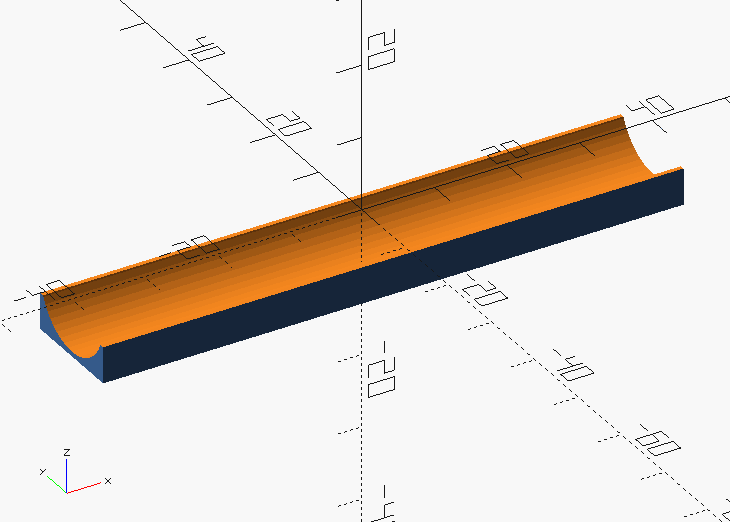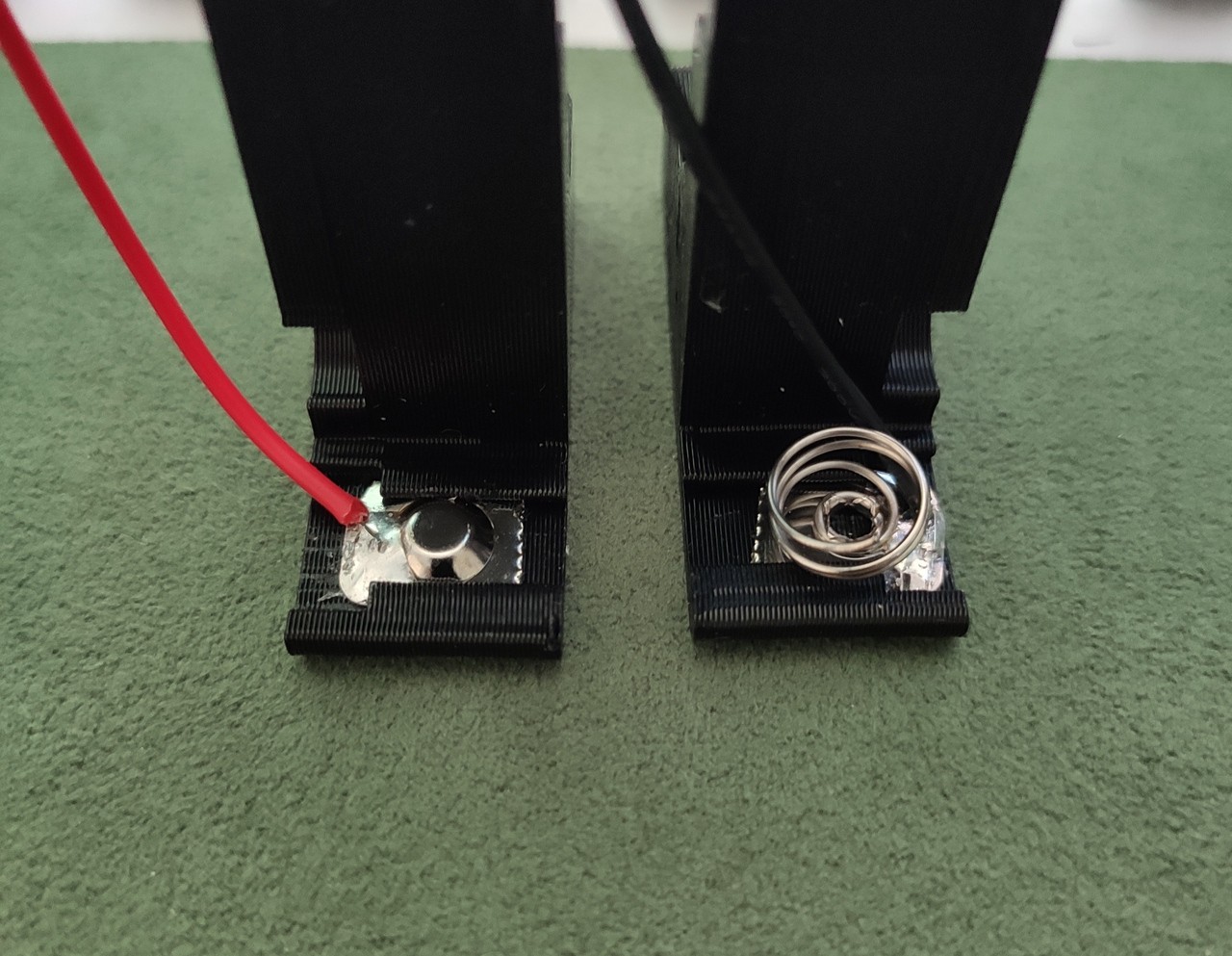

A few years later from my previous EPD project SHIHEN, while looking on impressive "Slow Movie" and forks ([1], [2]), I was wondering it would be fun if I could have something bigger and more eye-catching than SHIHEN.
Recently I found a multi-color E-Paper module available and immediately made an impulse buy. At that time, in Endless Endless Eight I had just started learning how powerful ESP32 ULP co-processor is, especially for battery-powered devices. That is where I came up with an idea to make a yet another variant of slow movie player by combining the two components.
The 7-color EPD module has notoriously long refresh time (>= 30 sec), however by delegating BUSY signal handlings to the ULP co-processor, the ESP32 module itself can be stay in Deep Sleep at most of the time.

Given the ESP32 module in the Deep Sleep mode only draws a dozen uA (Actually 12 uA measured = 6 uA for the module + 6 uA for peripherals.), theoretically the device can survive over a year under a 2000 mAh rated battery and 2 hours of wake interval.
Features:
- 7-color E-Paper
- microSD (MMC_SD) as the main storage
- Power management by the ESP32 ULP coprocessor
- Battery operated (12 uA @ Deep Sleep. Runs 1.2 years on a 2000 mAh battery.)
⇨ See https://github.com/likeablob/slow-movie-player-7c for code, schematics, OpenSCAD files and stl files, etc.

 likeablob
likeablob
















 Manuel Tosone
Manuel Tosone
 Bud Bennett
Bud Bennett
 Michel Kuenemann
Michel Kuenemann
 markwarren.ee
markwarren.ee
Hooking this into a text-to-image generator would be pretty neat.